40 difference between pulley and sheave
The sheave spins on an axle or bearing inside the frame of the pulley. Pulley A pulley is a wheel on an axle or shaft that is designed to support movement and change of direction of a taut cable or belt, or transfer of power between the shaft and cable or belt. From heavy-duty sheaves built to haul your heavy loads to light-duty sheaves designed for your vehicle’s drive system, and multi-duty sheaves for every application in between, Gates designs a wide range of versatile, high performance sheaves to keep your belt drive system running smooth. Each sheave is precision manufactured to ensure the perfect fit, and can be completely customized to your ...
Sheaves are also commonly known as pulleys, and when two or more pulleys are used together for extra strength, this is known as a sheave block. Rope pulleys were actually used as far back as the 1500s in order to hoist water out of wells, and they were likely used to lift and move heavy rocks that created Stonehenge in the UK.

Difference between pulley and sheave
As technology changes, more options for equipment is available to arborists. How do you know which rigging block or pulley to use and what are the difference... The sheave of the lifting pulley has a very different cross-section than the horizontal one. It's probably assumed that the cable in the lifting pulley will always be loaded and will sit deeply in the groove. With that cross-section, if the cable goes slack it could jump out of the groove and sit on the side of the pulley. Single Belt Transmission - one driving pulley and one driven pulley. For a system with two shafts and two pulleys - as indicated with pulley 1 and 2 in the figure above: d1 n1= d2 n2 (1) where. d1 = driving pulley diameter (inch, mm) n1 = revolutions of driving pulley (rpm - rounds per minute) d2 = driven pulley diameter (inch, mm)
Difference between pulley and sheave. What is the Difference Between a Pulley and a Sheave? Dictionary Definitions. When trying to decipher between a pulley and sheave, beginning with dictionary definitions can be helpful. Merriam Webster defines a pulley as… A sheave or small wheel with a grooved rim […] used to change the direction and point of application of a pulling force. different sheaves on the same shaft using the same bushing. Their interchangeability extends through sheaves, pulleys, timing pulleys, sprockets, flexible and rigid couplings, made-to-order items by Wood’s, and to product lines of several other mechanical power transmission manufacturers. What is the difference between a pulley and a sheave? - Answers A pulley has a bearing that it rides on and a sheave wheel usually has a brass sleeve in it to ride on. A pulley usually has a higher... Q: Are both the drive pulley and idler pulley normally crowned ? YES, unless when used with a v-guide. Q: How much taper is there on straight taper pulleys with center flat? It depends somewhat on the diameter of the pulley. On 4” diameter pulleys, the taper is often less than 1/16” (.04” - .05”). On 6” diameter pulleys, the taper is ...
Single Belt Transmission - one driving pulley and one driven pulley. For a system with two shafts and two pulleys - as indicated with pulley 1 and 2 in the figure above: d1 n1= d2 n2 (1) where. d1 = driving pulley diameter (inch, mm) n1 = revolutions of driving pulley (rpm - rounds per minute) d2 = driven pulley diameter (inch, mm) The sheave of the lifting pulley has a very different cross-section than the horizontal one. It's probably assumed that the cable in the lifting pulley will always be loaded and will sit deeply in the groove. With that cross-section, if the cable goes slack it could jump out of the groove and sit on the side of the pulley. As technology changes, more options for equipment is available to arborists. How do you know which rigging block or pulley to use and what are the difference...
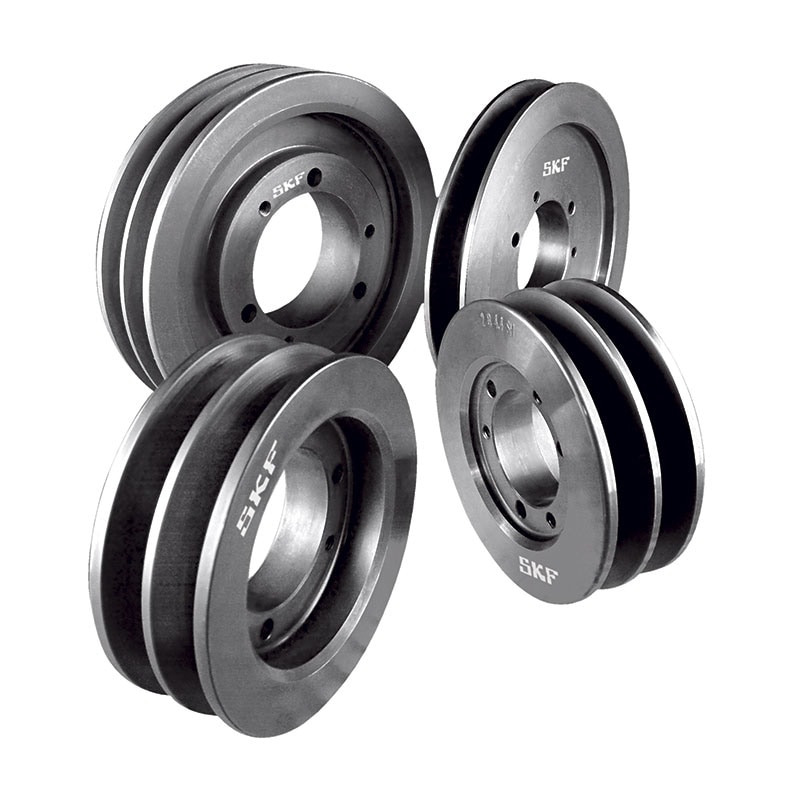











![OEM Swivel Double Pulley Sheave Rigging Lift Rope Hanging Lifting Wheel M20 [2 pcs]](https://www.static-src.com/wcsstore/Indraprastha/images/catalog/full//91/MTA-7213672/oem_2x-swivel-double-pulley-sheave-rigging-lift-rope-hanging-lifting-wheel-m20_full01.jpg)

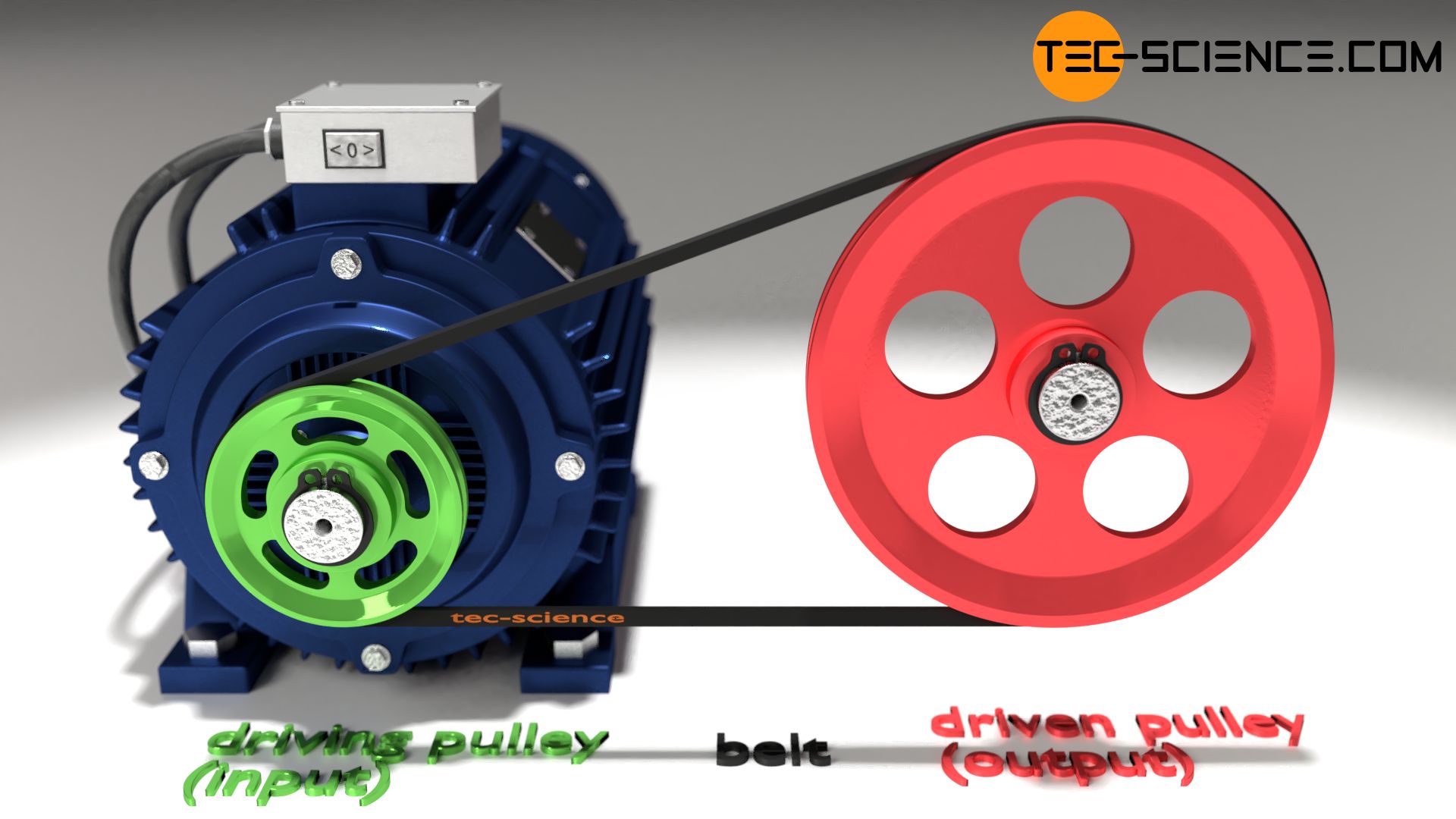






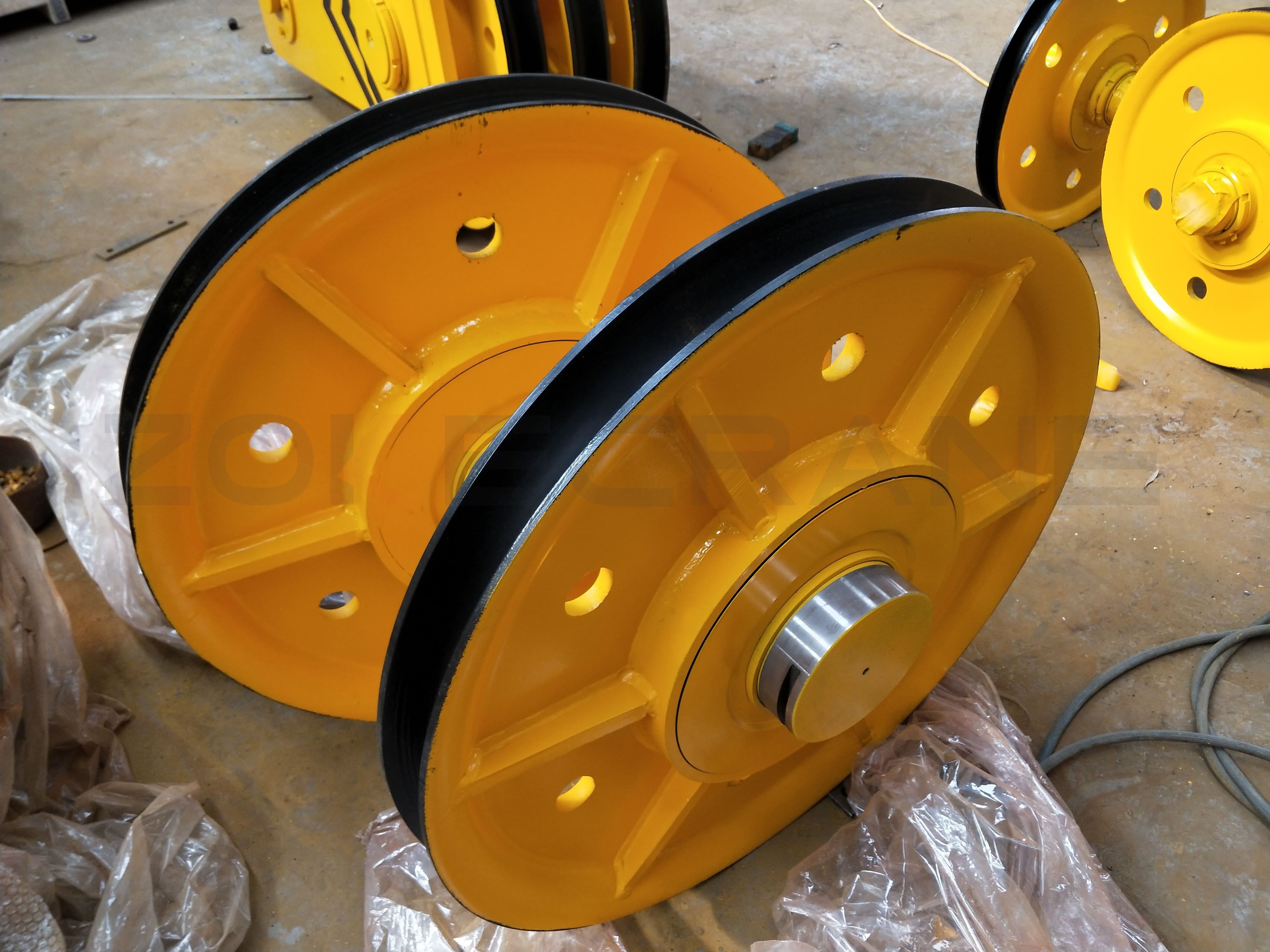
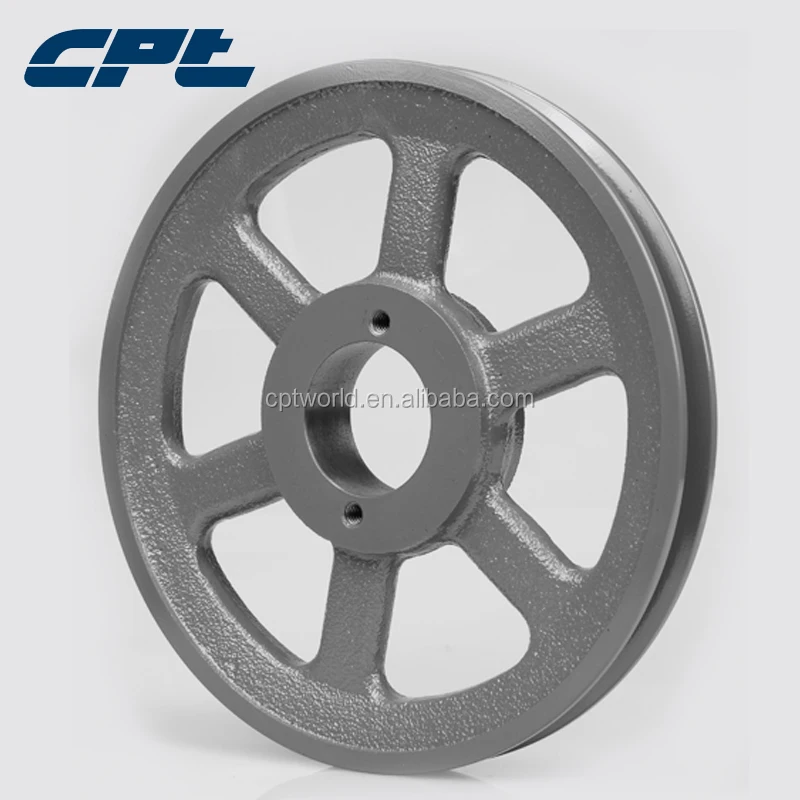
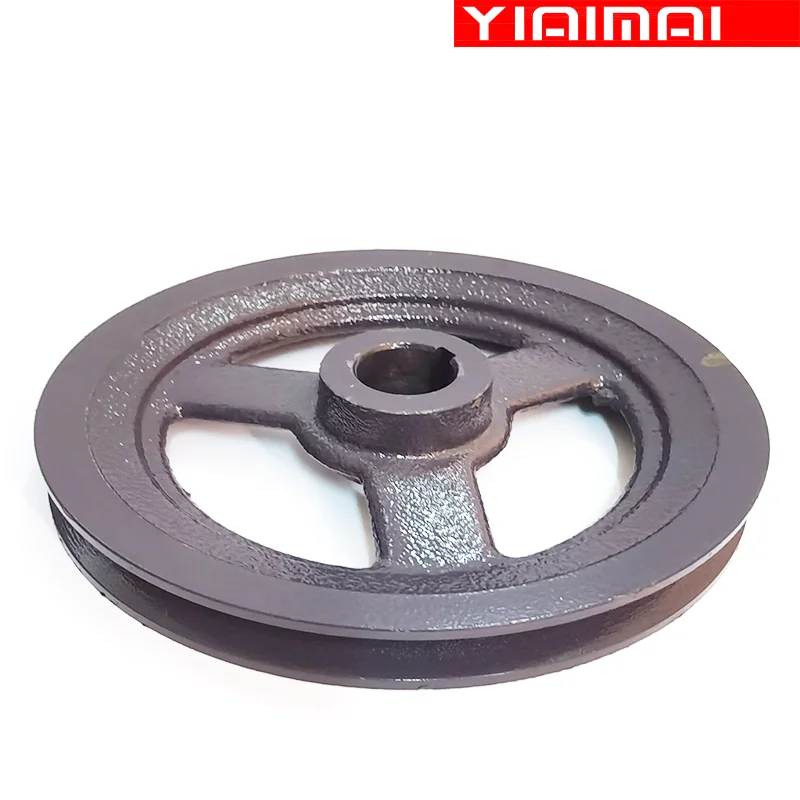


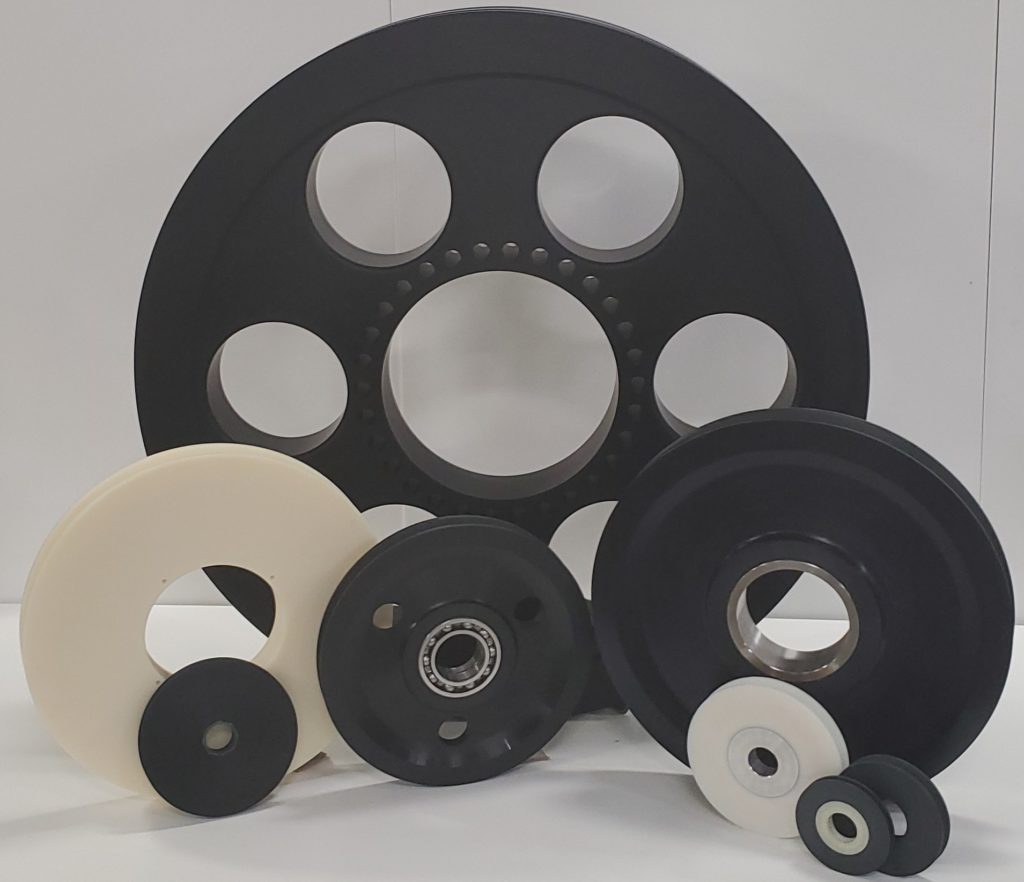

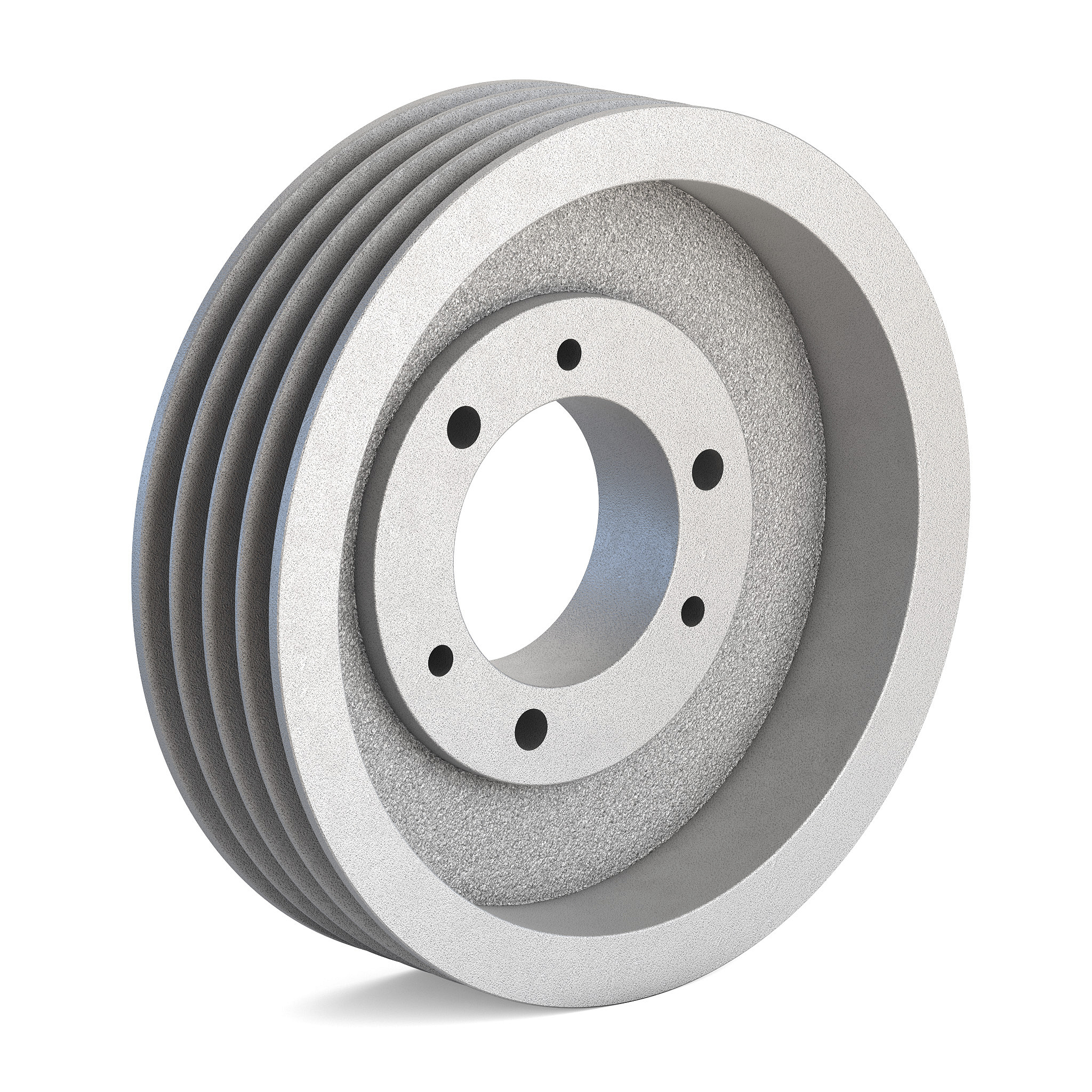

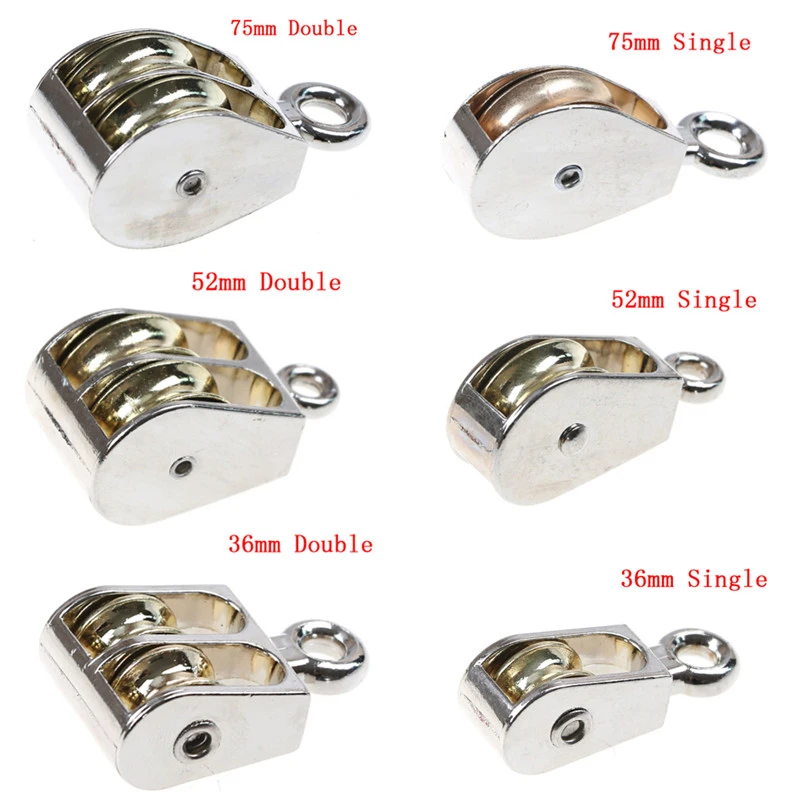
0 Response to "40 difference between pulley and sheave"
Post a Comment